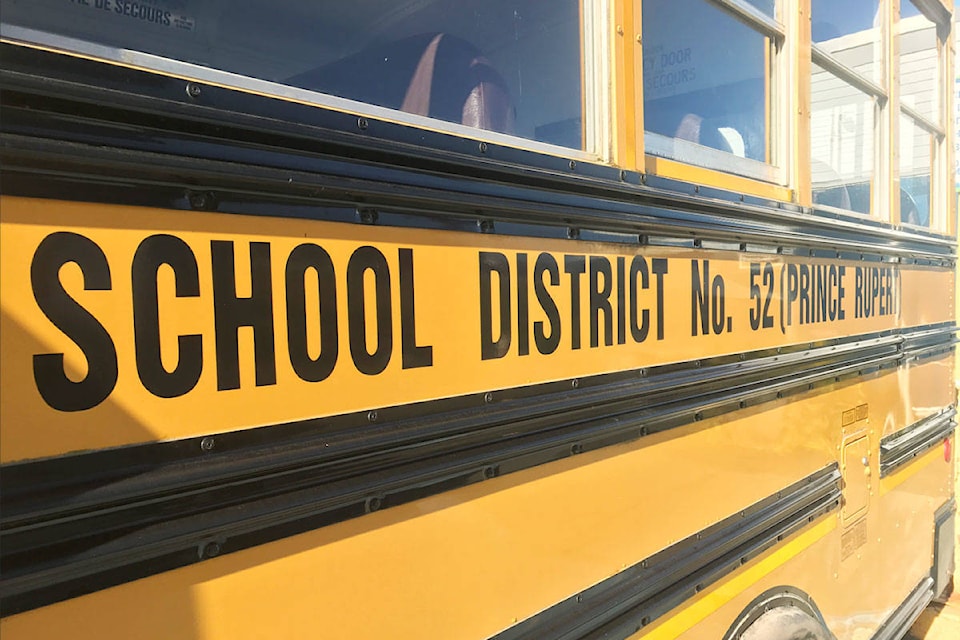Fraser Institute handed out its report cards to B.C. schools today, and Charles Hays Secondary School is rising to the top of the class.
Prince Rupert’s high school earned the fourth spot on the top 10 fastest-improving secondary schools list for the province. Its rating jumped from 3.7 out of a score of 10 in 2013 to a 6 in 2017.
While Ken Minette, superintendent for School District 52, thanked the Fraser Institute for acknowledging the school’s improvement, he is wary of only looking at the study’s focus.
“I think it’s still a narrow band of what actually happens in a high school. I think, unfortunately, we don’t get the full articulation of all the courses and the programming in a high school that actually makes a high school really viable,” Minette said.
For Minette, he pays closer attention to the graduation rates in the district. He said the graduation rate of Indigenous students is rising, and the special education grad rate is almost the same as the overall school.
READ MORE: North Coast schools get a failing grade in Fraser Institute report
The Fraser Institute’s study shows that although CHSS’s graduation rate has been slowly declining since 2014 — going from a rate of 94 to 90.7 in five years — the high school is also shrinking its delayed advancement rate from 39.9 to 35. Students are doing better than in previous years, scoring higher on exams and failing exams less, dropping from 18.3 per cent failure to 10 per cent.
“To me, that’s a more positive piece of data. Still, I believe we have lots of room for improvement in terms of our grad rates. Realistically, if we could increase it to the provincial rate, I’d be much happier,” Minette said. “While (the study) characterizes some areas that we definitely need to work on and are continuing to work on, unfortunately, I think it sort of does us a disservice.
“I do worry for the schools this year that haven’t had the improvement. It’s kind of giving a misguided message because I think many schools do have positive educational programs and while they might not do well in this particular area or based on the literacy exam, they might be really strong in sciences or the arts or in applied skills.”
He points to SD52’s increasing focus on local Indigenous programming that teaches ways of knowing. With the large population of First Nations students in the district, Minette said he hopes such programming will help with more engagement in school.
READ MORE: Pacific Coast School students learn from the land
keili.bartlett@thenorthernview.com
Like us on Facebook and follow us on Twitter
